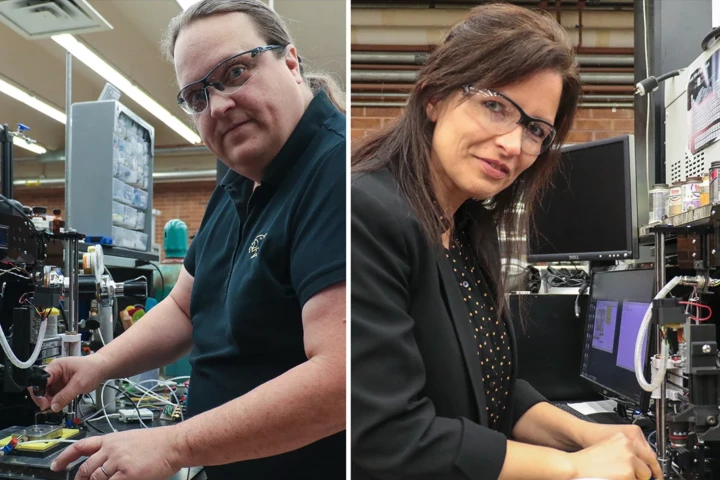Greenhouse emissions
-
A climate report projects that the world's carbon emissions are on track to hit an all-time high this year, despite major advances in green tech and adoption of measures to curb pollution from the use of fossil fuels.
-
A new study has looked into whether electric cars are really better for the environment than gas-powered cars. It turns out that this is indeed the case: after two years of use, EVs start reducing their total carbon footprint compared to gas cars.
-
Methane is awful for the atmosphere. It's a major byproduct of many industrial processes, and we now know it also comes from a surprising and seemingly innocuous source – ships passing through shallow waters.
-
Chemical engineers at the University of Sydney are using human-made lightning to produce ammonia – a key ingredient in fertilizers – from thin air and without the need for high temperatures or pressures.
-
Researchers have found a way to take waste concrete from demolition sites and turn it into fresh new concrete that has a strength not seen before from such a product. The breakthrough could lead to significant emissions reductions in the building sector.
-
In the latest bid to greenify ammonia production, researchers have built a portable device to cheaply produce ammonia wherever it's needed by simply using air at room temperature and standard atmospheric pressure.
-
Taking a leaf out of the plant book, scientists have used a method not unlike photosynthesis to harness the power of sunlight and turn two destructive greenhouse gases into useful, prized chemicals for renewable fuel and greener manufacturing.
-
Bill Gates has thrown his weight – and his money – behind a startup making a rich, fatty spread akin to butter, using just carbon dioxide and hydrogen. And this is just the start, with milk, ice-cream, cheese, meat and plant oils also in development.
-
Methane has a greenhouse effect 80 times worse than carbon dioxide over a 20-year period, and emissions are skyrocketing even as we start reducing CO2. That makes UCF's new hydrocarbon-capturing, sunlight-powered catalyst a very compelling idea.
-
Move over, cow burps. A team of scientists has shifted gears from the front to the back end of these methane-production powerhouses, using algae to curb gas emanating from their poop. It's a crap gig, but nature's best methane inhibitor is on the job.
-
Despite its many advantages, glass has one major Achilles' heel – it’s brittle. Now, engineers at Penn State have developed LionGlass, a new form that's not only 10 times more damage resistant, but requires significantly less energy to manufacture.
-
Carbon dioxide may hog headlines as a climate change villain, but methane is a far more potent greenhouse gas. MIT has now demonstrated a new way to remove methane from the air, even at low concentrations, with a common clay used to make cat litter.
Load More











